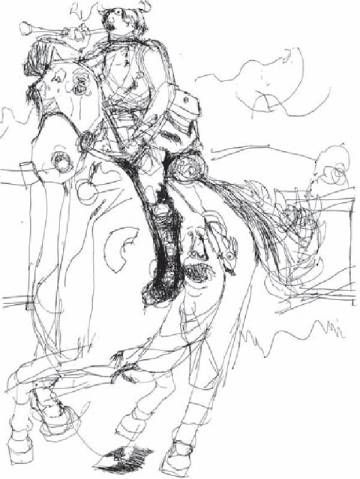A recent article from the School Of Life discusses the importance of nature, that we should spend more time in its presence for the sake of our mental well being and therefore our health in general. What is less well understood is that “nature is as important to us as a source of nourishment for our souls. Nature is a kind of book, and when we open our eyes to it, find its pages filled with distinctive lessons about wisdom and serenity.”
Casting A Long Shadow, Oil On Canvas, 102 cm x 76 cm
Reference is made in the article to psychologically nourishing landscapes, and that is certainly what I encounter in Melbourne’s Botanical Gardens which have been the setting for most of my recent work. I always feel refreshed and reinvigorated after a visit to them and it’s always a wrench to have to leave.
Nature give us an opportunity to appreciate the beauty of the everyday, “an evening sky can lend legitimacy and dignity to our melancholy states.”
Grey Day In The Gardens, Oil On Canvas, 71 cm x 107 cm
If you want to experience solitude in the midst of the vast city, visit Melbourne’s Botanical Gardens when it’s raining. Some may find the experience melancholic, but it can be a refreshing change from a world obsessed by buoyancy and cheerfulness. With few people around and no annoying sight-seeing aircraft buzzing overhead, one can really discover the mystery of the place, the variety of plant life and the thought that has gone into the landscaping.
It is argued that for many people, it is not until they reach middle age that they start to appreciate what nature has to offer. “There are so many grander things to be concerned about …..such as romantic love, career fulfillment and political change.” However, by middle age some of our earlier aspirations would have taken a hit, perhaps a large one. We will have encountered some of the intractable problems of intimate relationships. We would have encountered a gap between our professional hopes and available opportunities. “One will have had a chance to observe how slowly and fitfully the world ever alters in a positive direction. One will have been fully inducted to the extent of human wickedness and folly. “
Hill Of Contentment, Oil On Canvas, 102 cm x 102 cm
So, by middle age it is argued, nature can present a “genuine pleasure amidst a litany of troubles, an invitation to bracket anxieties and keep self-criticism at bay, a small resting place for hope in a sea of disappointment; a proper consolation – for which one is ready, a few weeks of the year, to be appropriately grateful.” I can only agree. There have been many times I’ve visited these gardens for palliative care.




















